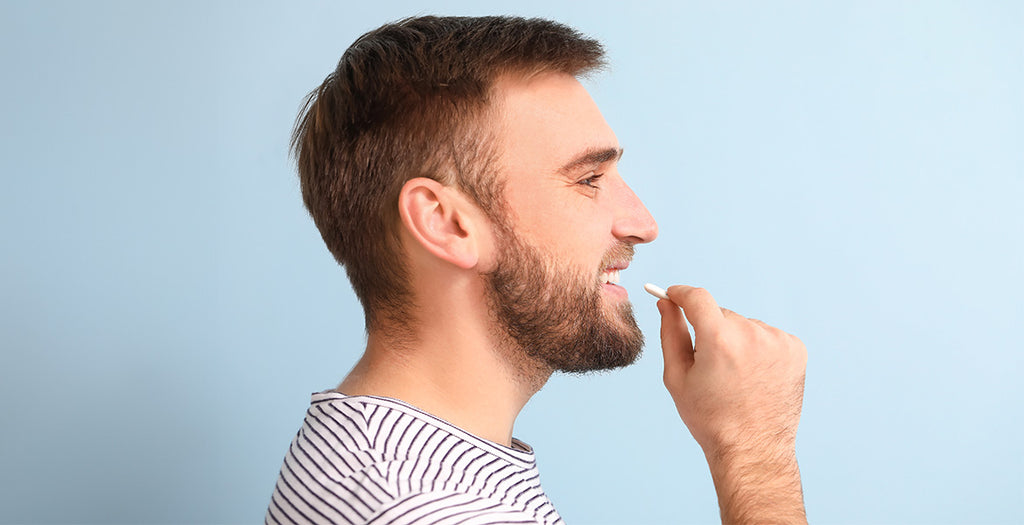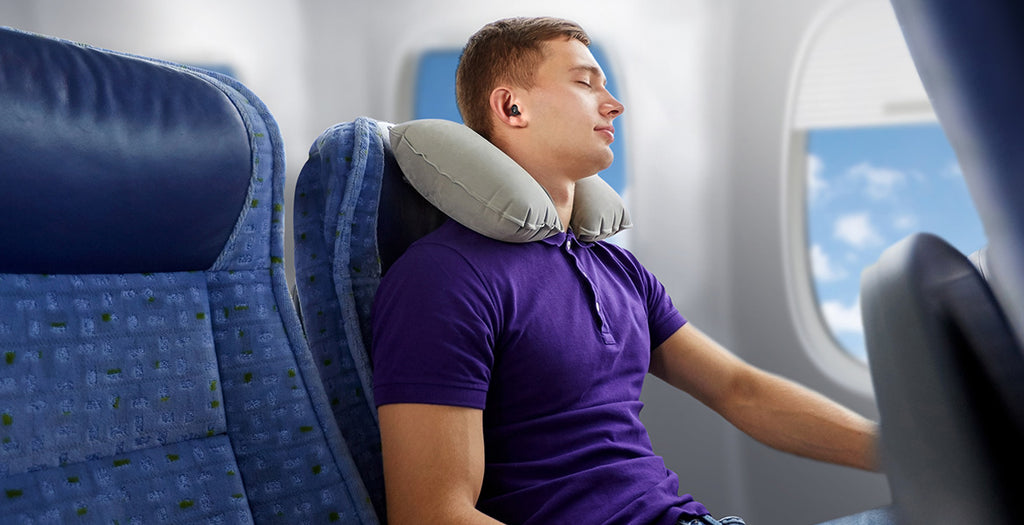Quick answer:To protect your ears when flying, wear earplugs or noise-canceling headphones to help equalize pressure changes during takeoff and landing. Stay hydrated, use a humidifier, and use nasal spray before flights to clear ear canals. Chew gum, yawn, and tilt your head during ascent and descent to open your Eustachian tubes. See a doctor if ear pain persists for more than 2-3 days after flying.
Introduction
Flying can be an uncomfortable experience for many people, especially when it comes to ear pain and discomfort caused by changes in air pressure during takeoff and landing. This blog post will explain the causes of ear problems when flying, provide tips for preflight preparation, recommend techniques to use during ascent and descent, overview ear protection products, and advise when to see a doctor for recurrent issues. Follow these suggestions to keep ear pain at bay on your next flight.
Causes of Ear Problems When Flying

The most common cause of ear pain and discomfort during air travel is the changes in air pressure that occur at altitude. As a plane ascends, the air pressure drops outside the cabin, which results in a pressure difference between the cabin and inside the ear. This pressure difference can cause strain on the eardrum and result in mild to severe pain.
Eustachian tubes connect the ears to the nose and throat, which help equalize the pressure between the outer and middle ear. However, these tubes can become blocked due to congestion from colds, sinus infections, or allergies. When the Eustachian tubes are obstructed, pressure cannot be equalized in the middle ear, leading to pain.
As the plane descends for landing, the pressure builds up rapidly outside the cabin once again. If the pressure cannot equalize via the blocked Eustachian tubes, it can rupture the eardrum, cause significant pain, or lead to temporary hearing loss.
Preflight Preparation
Ear pain and discomfort are common occurrences when flying, mainly due to pressure changes as the airplane ascends and descends. The key to avoiding ear pain in flight is to take preventative steps before you even board the plane. Properly preparing your ears and body can make a big difference in maintaining comfort during air travel.
- Stay hydrated - Adequate hydration keeps mucus membranes in the nose and Eustachian tubes moistened and functioning properly to equalize pressure.
- Use a humidifier - Humidifiers prevent the nasal passages from drying out, which can obstruct the Eustachian tubes and inhibit pressure equalization.
- Try a nasal spray - Saline nasal sprays keep nasal passages from becoming inflamed or swollen shut, which allows air to flow more freely to the Eustachian tubes.
- Avoid flying with an ear infection - The pressure changes of flying can cause fluid buildup and more inflammation of the already infected Eustachian tubes.
- See an ENT before travel - An ENT can diagnose the cause of recurrent ear pain and offer tailored prevention advice.
Techniques During Ascent and Descent
Once you are seated and buckled in on the airplane, it's time to start using techniques to keep your ears comfortable as the cabin pressure changes.

- Chewing gum or sucking on hard candy helps trigger swallowing, which opens the Eustachian tubes and allows pressure to equalize. Choose sugar-free options and chew/suck slowly and frequently throughout takeoff and landing.
- Yawning opens the Eustachian tubes and can be induced by tipping your head from side to side gently to stretch the jaw muscles. Yawn exaggeratedly every 2-3 minutes during altitude changes.
- The Valsalva maneuver involves pinching the nostrils shut while blowing air gently against the closed mouth. This increases air pressure in the throat and pushes a small amount of air into the Eustachian tubes to equalize pressure. Do this maneuver carefully every 30-60 seconds when experiencing ear discomfort.
- Continue using these techniques regularly throughout the ascent and descent portions of your flight for optimal ear comfort. Stop if you feel sharp pain or dizziness. Seek assistance from flight attendants if ear pain persists despite efforts to equalize pressure.
Ear Protection Products

Wearing earplugs is one of the best preventative measures against ear pain and discomfort during flights. Look for earplugs with pressure regulation and noise reduction without fully blocking normal sound volumes. These earplugs control the rate of air pressure change, impacting the eardrum as the airplane gains altitude. Allowing more gradual equalization of the pressure through vented and filtered earplugs means less pain and discomfort during ascents and descents. While ear protection like earmuffs and noise-canceling headphones can also help, earplugs are the simplest and most affordable option that significantly relieves ear pain for adults and older children. Bring a pair or two along in your carry-on bag anytime you fly.
See a Doctor
If you continue experiencing significant ear pain, hearing loss, ringing, or other symptoms for more than 2-3 days after your flight, getting your ears examined by a doctor is a good idea. Prolonged pain and problems equalizing pressure could indicate an underlying medical issue like Eustachian tube dysfunction or an ear infection. A doctor can check for fluid buildup or damage to the eardrum and determine if any treatment is needed. For example, they may prescribe decongestants or other medication tailored to your symptoms. Severe cases may even warrant surgical intervention, like a tube to open the Eustachian tube. It's important not to neglect persistent post-flight ear pain, as permanent hearing damage can occur. Seeking professional medical advice provides an accurate diagnosis and appropriate care to get your ears back to normal.
Conclusion
Air travel doesn't have to be painful for your ears. A little preparation and some simple in-flight habits can help everything equalize smoothly. Hydrate and use a humidifier before your trip to keep things flowing. Carry earplugs and chew gum once onboard to prevent pressure buildup. Tilting your head side to side and "yawning" also helps pop your ears. If any discomfort continues after landing, it's probably smart to get your ears checked out by a doctor. They can make sure everything looks OK. Following these handy tips will have you cruising easily at 30,000 feet. Take care of your ears, and they'll take care of you. Then, you can relax, sit back, and enjoy the in-flight entertainment without any aviation agony.
Read More
- Can I Use Regular Earplugs for Swimming? – hearprotek
- Motorcycle Riding & Its Impact on Hearing – hearprotek
- Best earplugs for musicians 2023 – hearprotek
- 2023's Must-Have Swimming Earplugs - Unleash Your Potential | Hearprot – hearprotek
- Tips for Choosing Earplugs for Sleeping: Types, Materials, Sizes, and – hearprotek












